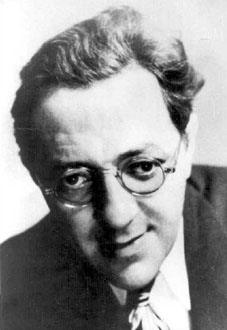As I was reading this, I was reminded not so much about the Tatooine planet from Star Wars as about a 1964 book that I own,
Beyond the Solar System, written by Willy Ley, partly illustrated by Chesley Bonestell, and with a foreword by Wernher von Braun.
The book is about man's conquest of space beyond the solar system, and much of it deals with how we are going to be able to send a manned spacecraft to Alpha Centauri. (Willy Ley made the bold prediction that the first manned spacecraft bound for Alpha Centauri would leave the Earth so that people who were alive when he was writing this book would get to see the spaceship take off, "say, half a century from now". Since he wrote that in 1964, we only have three years left to make his prediction come true.)
Willy Ley devoted much of his book to the discussion of Alpha Centauri. He talked about the fact that Alpha Centauri is a binary star and wrote this about the prospect of either component having planets:
Since Component A is just like our sun and Component B at least similar to our sun, it can be expected that both, but certainly component A, have planets.
I scoffed when I first read this, but Willy Ley may be right in a way that I wasn't thinking about when I read it back then. It could be that almost all suns are born with planets of some kind, since they form out of rotating accretion disks which are likely to form clumps that grow into some form of planets. On the other hand, it could be that some stars are likely to lose most, and possibly all, of its planets, most likely due to interaction with other stars.
Willy Ley discussed the orbits of the planets of the binary Alpha Centauri system. He noted that the separation of the A and B components of Alpha Centauri varied between the Sun-Saturn distance and the Sun-Neptune distance, and he discussed the possiblility of planets moving in a figure 8-shaped orbit around both stars. Ley rejected the figure 8-shaped orbit since it could probably not be stable. But he added:
If the two components [of Alpha Centauri] were even closer together, about 1 A.U. apart or less, the orbits of their planets would most likely be around the binary as a whole, as if there were only one mass at the center.
There you have it! Willy Ley described Kepler 16b back in 1964!
Kepler 16b is not so much the Tatooine planet as it is the Willy Ley planet!
Ann
 Kepler 16b: A Planet with Two Suns
Kepler 16b: A Planet with Two Suns





